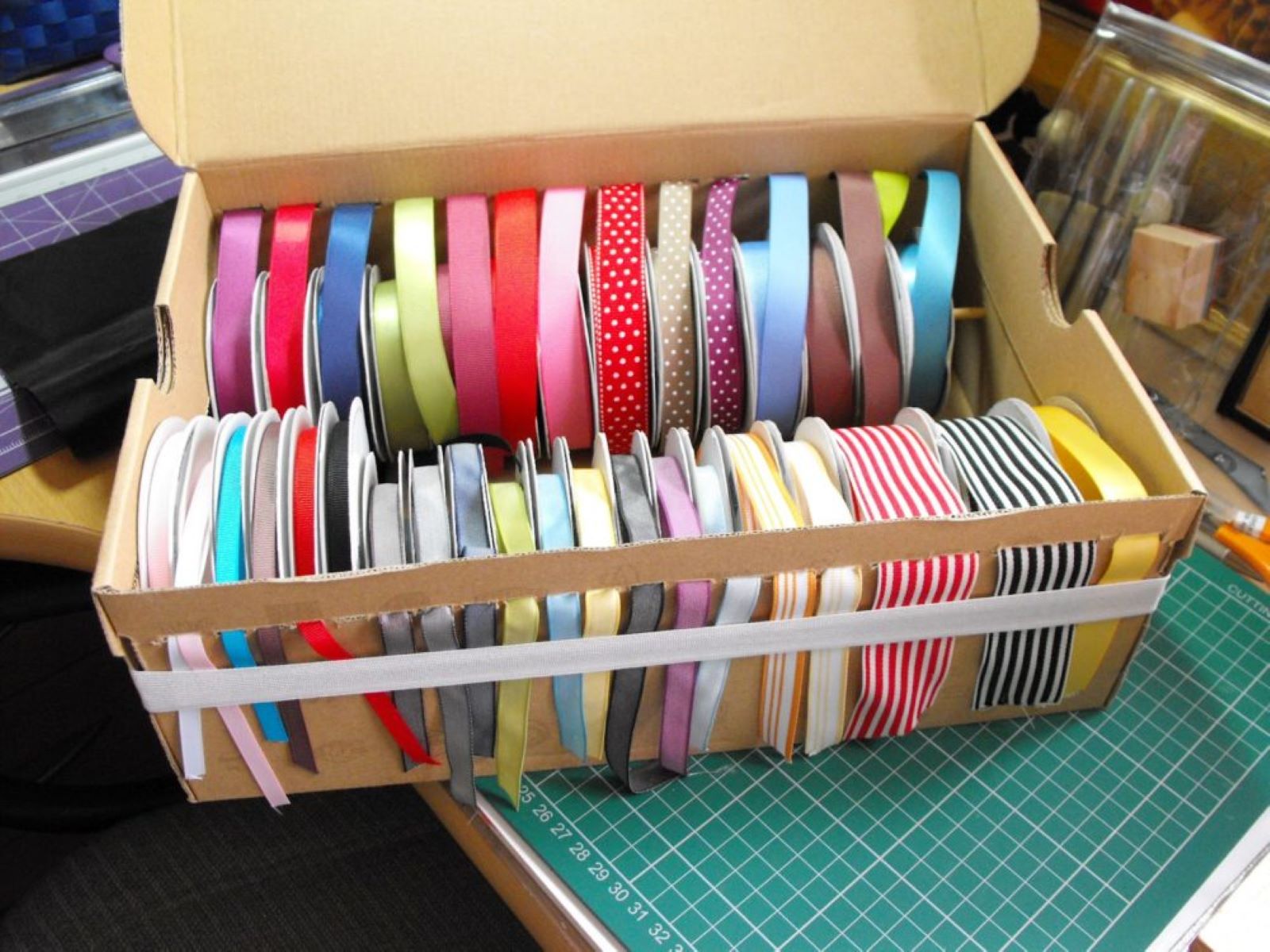

Articles
How To Store Ribbon
Modified: January 19, 2024
Learn the best ways to store ribbon and keep your articles organized and wrinkle-free. Find out how to maintain the quality and extend the lifespan of your ribbon collection.
(Many of the links in this article redirect to a specific reviewed product. Your purchase of these products through affiliate links helps to generate commission for Storables.com, at no extra cost. Learn more)
Introduction
Ribbons are a versatile and popular decorative item used in crafting, gift wrapping, and various other creative projects. Whether you are a professional crafter or someone who enjoys DIY projects, proper ribbon storage is essential for maintaining the quality and usability of your ribbons. In this article, we will explore the importance of storing ribbons correctly, different types of ribbons, and effective ways to store them to ensure they remain untangled and in pristine condition for future use.
Proper ribbon storage not only helps to keep your ribbons organized and easily accessible but also prevents them from becoming tangled, wrinkled, or damaged. When ribbons are improperly stored, they can easily unravel or become entangled, making it difficult to use them for projects. This can result in frustration and wasted time untangling and sorting out the ribbons, which could have been better utilized for the creative process.
By investing a little time and effort in organizing and storing your ribbons, you can save yourself from unnecessary stress and frustration while working on your projects. Additionally, proper storage helps to extend the lifespan of your ribbons, allowing you to use them for multiple projects over an extended period.
Before we delve into the various methods of ribbon storage, it’s important to understand the different types of ribbons and their specific storage requirements. There are several types of ribbons available in the market, such as satin ribbons, grosgrain ribbons, organza ribbons, and more. Each type has its own unique characteristics and may require specific handling and storage methods to maintain their quality.
Once you have identified the types of ribbons you have and their specific requirements, you can proceed to prepare them for storage. This may involve removing any tags or packaging, as well as checking for any damages or stains on the ribbons. Taking these steps before storing your ribbons will ensure that they are clean and ready to be used in future projects.
Choosing the right storage container is crucial to keep your ribbons secure and protected from dust, dirt, and moisture. There are several options available, ranging from dedicated ribbon storage boxes to simple drawer organizers. Consider the number and size of your ribbons, as well as the available storage space, when selecting a container. It’s important to choose a container that provides enough room for your ribbons without compressing or squishing them.
Key Takeaways:
- Proper ribbon storage is essential for craft enthusiasts to maintain untangled, undamaged ribbons. Organize by color, type, and width, and choose suitable storage containers to preserve the quality of ribbons.
- Avoid common ribbon storage mistakes such as neglecting to sort and label ribbons, using improper storage containers, and exposing ribbons to light and moisture. Implement organization tips to maintain a well-structured and easily accessible ribbon collection.
Read more: How To Store Ribbon Rolls
Importance of Proper Ribbon Storage
Proper ribbon storage is not just a matter of organization; it plays a crucial role in preserving the quality and usability of your ribbons. Here are some reasons why investing in proper ribbon storage is important:
- Prevents Tangling: When ribbons are not stored properly, they can easily become tangled, making it frustrating and time-consuming to use them. Proper storage methods, such as wrapping ribbons around spools or using dividers in a storage box, help prevent tangling and keep your ribbons neat and ready for use.
- Avoids Wrinkling and Damage: Ribbons are prone to wrinkling and creasing when stored in a disorganized manner. Wrinkled ribbons not only look unattractive but can also be challenging to work with. By storing your ribbons properly, you can avoid unnecessary wrinkling and ensure that they retain their smooth and pristine appearance.
- Preserves Color and Vibrancy: Exposure to sunlight and moisture can cause ribbons to fade or lose their vibrant colors. Storing your ribbons in a dark and dry area, such as a drawer or a storage box, helps protect them from light and moisture, preserving their color and vibrancy for a longer period of time.
- Increases Longevity: Proper storage methods can significantly extend the lifespan of your ribbons. When stored in a controlled environment, away from excessive heat and humidity, ribbons are less likely to deteriorate or become brittle. This allows you to use them for multiple projects over an extended period without worrying about their quality.
- Facilitates Easy Access: Organized ribbon storage makes it easier to locate and access the ribbons you need, saving you valuable time and effort. When your ribbons are neatly arranged and categorized, you can quickly find the desired color or pattern without rummaging through a tangled mess.
Whether you are a professional crafter or an occasional DIY enthusiast, proper ribbon storage is essential to keep your collection organized, undamaged, and readily available for your creative projects. By investing in the right storage containers and employing appropriate storage methods, you can ensure that your ribbons remain in optimal condition and are always at your fingertips whenever inspiration strikes.
Different Types of Ribbons
Ribbons come in a wide variety of materials, styles, and widths, each offering a unique look and texture. Understanding the different types of ribbons can help you choose the right storage method and handle them properly. Here are some common types of ribbons:
- Satin Ribbons: Satin ribbons are smooth and shiny, with a luxurious feel. They are commonly used for gift wrapping, bows, and decorations. Satin ribbons are available in various widths and colors, making them versatile for a range of creative projects.
- Grosgrain Ribbons: Grosgrain ribbons have a ribbed texture, with prominent ridges running across the width of the ribbon. They are durable and provide a more textured appearance compared to satin ribbons. Grosgrain ribbons are often used for hair bows, clothing accents, and crafting.
- Organza Ribbons: Organza ribbons are delicate and sheer, with a transparent appearance. They add a touch of elegance to any project and are frequently used for wedding decorations, floral arrangements, and gift wrapping.
- Silk Ribbons: Silk ribbons are made from natural silk fibers, giving them a soft and luxurious texture. They are often used for high-end gift wrapping, bridal accessories, and fine crafts. Silk ribbons come in a wide range of colors and widths, allowing for versatility in various projects.
- Satin-edge Ribbons: Satin-edge ribbons feature a satin finish on one side and a contrasting edge color on the other side. This type of ribbon adds a decorative touch to gift wrapping, hair accessories, and clothing embellishments.
- Printed Ribbons: Printed ribbons feature patterns, designs, or text printed on the ribbon surface. They are available in various materials, such as satin, grosgrain, or organza. Printed ribbons are popular for personalizing gifts, event decorations, and adding a unique touch to crafts.
Each type of ribbon has its own unique characteristics and storage requirements. Some ribbons may be more delicate and prone to wrinkling, while others may require more care to prevent fraying or color fading. Be sure to consider the specific properties of the ribbons you have and choose a storage method that best suits their needs.
Now that you have a better understanding of the different types of ribbons, let’s explore how to prepare your ribbons for storage.
Preparing Ribbons for Storage
Before you stow away your ribbons for safekeeping, it’s important to take a few steps to prepare them. Preparing your ribbons for storage ensures that they are clean, untangled, and ready to use when you need them. Follow these steps to properly prepare your ribbons:
- Remove Packaging and Tags: Many ribbons come with packaging or tags attached. Remove any excess packaging or tags from your ribbons before storing them. This helps minimize bulkiness and prevents unnecessary damage or creasing.
- Inspect for Damages or Stains: Take a close look at each ribbon and inspect them for any damages, such as frayed edges or loose threads. Additionally, check for any stains or marks that may have accumulated on the ribbons. Address these issues before storing them to prevent further damage or transfer of stains onto other ribbons.
- Clean if Necessary: If you notice stains or dirt on your ribbons, clean them gently before storage. Follow the care instructions on the ribbon packaging or consult a fabric care guide to ensure that you clean them properly without causing any damage. Always test a small, inconspicuous area of the ribbon first to avoid any adverse reactions or color fading.
- Straighten and Untangle: Ribbons that have become tangled or wrinkled are not only difficult to work with but can also be challenging to store. Take the time to carefully straighten out each ribbon and untangle any knots or twists before you store them. This will save you from frustration and ensure that your ribbons are in prime condition for future use.
- Consider Wrapping on Cards or Spools: For smaller ribbons or ribbons with delicate materials, consider wrapping them around cards or spools to keep them organized and prevent tangling. You can create simple cardboard or plastic cards to wrap your ribbons around, or reuse empty thread spools or ribbon spools, if available. Secure the ends of the ribbons with tape or a small clip to keep them in place.
By following these preparation steps, you can ensure that your ribbons are clean, untangled, and in optimal condition before you store them. Now that your ribbons are ready, let’s explore different options for storing them.
Choosing the Right Storage Container
When it comes to storing ribbons, selecting the appropriate storage container is crucial to keep them organized, protected, and easily accessible. Here are some considerations to keep in mind when choosing the right storage container for your ribbons:
- Size and Capacity: Consider the amount of ribbon you have and the space available for storage. If you have a large collection of ribbons, you may need a larger container or multiple containers to accommodate them all. Ensure that the storage container has enough capacity to hold your ribbons without overcrowding them or causing excessive compression.
- Material: Choose a storage container made of materials that will provide adequate protection for your ribbons. Some options include plastic bins, clear acrylic drawers, or fabric storage boxes. Avoid containers made of materials that can transfer chemicals or cause discoloration to your ribbons.
- Accessibility: Look for a storage container that allows for easy access to your ribbons. Consider containers with drawers, dividers, or compartments, as they make it simple to sort and locate specific ribbons without having to rummage through the entire collection. Transparent containers or those with clear lids also allow you to quickly identify the ribbons inside.
- Light and Moisture Protection: Ribbons can fade or become damaged when exposed to excessive light or moisture. Opt for a storage container that offers protection against these elements. If you choose an opaque container, ensure that it’s stored in a dry and dark area to preserve the quality of your ribbons.
- Flexibility: Consider the flexibility of the storage container. Some containers have adjustable dividers or removable trays, allowing you to customize the space according to the size and shape of your ribbons. This adaptability ensures that the container can accommodate various types and widths of ribbons effectively.
- Portability: If you frequently work on different projects in different spaces, consider a storage container that is easily portable. Look for options with handles, lightweight materials, or stackable designs, as they ease the transportation of your ribbons from one location to another.
Ultimately, the right storage container for your ribbons will depend on your specific needs and preferences. Take the time to assess your ribbon collection and consider factors like size, accessibility, protection, and flexibility to choose a storage container that will keep your ribbons organized and in optimal condition.
Now that you have selected the right storage container, let’s explore various methods of storing your ribbons for easy access and organization.
Read more: How To Store Ribbon Spools
Storing Ribbons in a Drawer or Box
One of the most common and effective methods of storing ribbons is by utilizing a drawer or a box specifically designed for ribbon storage. Here are some steps to follow when storing ribbons in a drawer or box:
- Organize by Color or Type: Sort your ribbons by color or type before placing them in the drawer or box. This will make it easier to find specific ribbons when needed. Consider using small resealable bags or small containers to keep each color or type of ribbon separate.
- Wrap Around Cards or Spools: To prevent ribbons from tangling, wrap them around cards or spools. Place each wrapped ribbon in its designated section within the drawer or box. This method not only keeps the ribbons organized but also helps maintain their shape and prevents creasing.
- Use Dividers or Compartments: If your drawer or box does not come with built-in dividers or compartments, consider using dividers or inserts to separate groups of ribbons. This helps keep them neatly arranged and prevents them from mixing together.
- Label or Color-Code Sections: To easily locate specific ribbons, label each section or use color-coded dividers. This will save you time and effort when searching for a particular ribbon, especially if you have a large ribbon collection.
- Keep Ribbons Flat: Avoid overcrowding the drawer or box to ensure that ribbons remain flat and unwrinkled. If necessary, use additional containers or boxes to accommodate your ribbons while still keeping them organized.
- Store in a Cool and Dry Location: It’s essential to store the drawer or box in a cool, dry area to prevent the ribbons from fading or becoming damaged by moisture. Avoid placing the storage container near windows or areas prone to humidity.
Storing ribbons in a drawer or box provides a convenient and organized solution for keeping your ribbons accessible while protecting them from dust and light. This method is particularly useful if you have a large collection of ribbons or if you frequently work on different projects that require easy access to a variety of ribbons.
However, if you prefer a more visible and decorative approach to ribbon storage, you may consider hanging ribbons on a rack or hanger.
Store ribbon by wrapping it around a piece of cardboard or a ribbon spool to prevent tangling and creasing. Keep it in a cool, dry place away from direct sunlight to maintain its color and quality.
Hanging Ribbons on a Rack or Hanger
If you prefer a more visible and decorative approach to ribbon storage, hanging ribbons on a rack or hanger can be a great option. This method not only allows you to easily see and access your ribbons but also adds a charming and colorful display to your crafting space. Here’s how to hang ribbons on a rack or hanger:
- Select a Suitable Rack or Hanger: Look for a rack or hanger that is designed specifically for ribbon storage. There are various options available, including wall-mounted ribbon racks, ribbon organizers with dowel rods, or even a simple tension rod installed in a convenient area.
- Arrange Ribbons by Color or Type: Sort your ribbons by color or type before hanging them. This will make it easier to find the specific ribbon you need for your projects. You can group similar colors together or organize them based on the specific crafting themes or events.
- Hang Ribbons Vertically: To prevent excessive tangling or overlapping, hang the ribbons vertically on the rack or hanger. You can do this by threading each ribbon through the appropriate holder or by attaching a small clothespin or clip to the ribbon and then hanging it from the rack or hanger.
- Avoid Overcrowding: Ensure that you leave enough space between each ribbon to prevent tangling or wrinkling. Overcrowding the rack or hanger may make it difficult to access and handle individual ribbons, defeating the purpose of an organized display.
- Consider Securing the Ends: To prevent ribbon ends from fraying or unraveling, you can tie a small knot at the end of each ribbon or use a small binder clip or safety pin to secure it. This will help maintain the integrity of the ribbons and make them easier to handle.
- Place in a Suitable Location: Hang the ribbon rack or hanger in a convenient and visible location within your crafting space. This will not only add a colorful and decorative touch to the area but also make it easier for you to select and use your ribbons for various projects.
Hanging ribbons on a rack or hanger is an excellent option if you want a visually appealing storage solution that allows for easy access and adds a touch of creativity to your workspace. Not only will you be able to admire your beautiful ribbon collection, but you’ll also have your ribbons within arm’s reach whenever inspiration strikes.
Whether you choose to store your ribbons in a drawer or box, or hang them on a rack or hanger, the most important aspect is to find a storage method that suits your preferences and keeps your ribbons organized, protected, and readily available.
As you prepare to store your ribbons, it’s important to be aware of common ribbon storage mistakes that should be avoided. Let’s explore some of these common mistakes and how to prevent them.
Wrapping Ribbons Around Cards or Spools
If you’re looking for a space-efficient and organized way to store your ribbons, wrapping them around cards or spools is a great option. This method helps to keep the ribbons neatly arranged, prevents tangling, and allows for easy access when you need a specific ribbon. Here’s how to wrap ribbons around cards or spools:
- Select Cards or Spools: Choose cards made of sturdy material, such as cardboard or chipboard, or utilize empty thread spools or ribbon spools. Ensure that the cards or spools are of an appropriate size to accommodate the length of your ribbons.
- Cut Ribbons to Length: Measure and cut your ribbons to the desired length, leaving some extra length for securing the ends. This will ensure that the ribbons wrap around the cards or spools neatly without excessive bunching or stretching.
- Secure the Starting End: Secure one end of the ribbon to the card or spool using tape, a small dab of glue, or by looping it through a slot on the spool if available. This ensures that the ribbon stays in place as you wrap it around the card or spool.
- Wrap the Ribbon: Start wrapping the ribbon around the card or spool, holding it taut and evenly spaced. Make sure to wrap the ribbon tightly enough to keep it secure, but not too tight to cause distortion or damage to the ribbon.
- Secure the Ending End: Once the ribbon is fully wrapped around the card or spool, secure the loose end by tucking it under the wrapped layers or using tape, glue, or a small clip to hold it in place. This ensures that the ribbon stays neatly wrapped and doesn’t come undone during storage.
- Label and Organize: Label each card or spool with the color, type, or any other relevant information about the ribbon. This will make it easier to identify and retrieve the specific ribbon you need when working on a project. Organize the wrapped ribbons in a storage box or drawer, keeping them grouped by color or type for easy access.
Wrapping ribbons around cards or spools is a practical and efficient way to store your ribbons. It not only helps to keep them organized and prevents tangling but also allows for space optimization, especially if you have a large collection of ribbons.
Moreover, this method is particularly useful if you have ribbons with delicate materials or intricate designs that require extra care to maintain their shape and prevent damage. Wrapping them around cards or spools provides the necessary support and protection.
Now that you’re aware of the various methods of ribbon storage, it’s important to avoid common mistakes to ensure that your ribbons remain in excellent condition. Let’s explore some of these mistakes and how to avoid them.
Avoiding Common Ribbon Storage Mistakes
Proper ribbon storage is essential to preserve the quality and usability of your ribbons. To ensure that you’re storing your ribbons correctly, it’s important to avoid common storage mistakes. By avoiding these mistakes, you can maintain the integrity of your ribbons and make them easily accessible for your creative projects. Here are some common ribbon storage mistakes to avoid:
- Not Sorting or Organizing: One of the biggest mistakes is failing to sort and organize your ribbons. Without organization, it becomes difficult to find the ribbon you need for a specific project, and your ribbons are more likely to get tangled or damaged. Take the time to sort your ribbons by color, type, or any other category that makes sense to you. This will make it easier to locate and use your ribbons efficiently.
- Using Improper Storage Containers: Choosing the wrong storage container can lead to damage or deterioration of your ribbons. Avoid using containers that can transfer chemicals or discolor your ribbons. Opt for containers made of materials that provide proper protection, such as plastic or fabric. Additionally, ensure that the container is the appropriate size to accommodate your ribbons without squishing or compressing them.
- Exposing Ribbons to Light or Moisture: Light and moisture can cause ribbons to fade, deteriorate, or develop mold. Avoid storing your ribbons in direct sunlight or in areas that are prone to humidity. Choose a storage location that is cool, dry, and away from potential sources of moisture to preserve the color and quality of your ribbons.
- Overcrowding Storage Containers: Overstuffing your storage containers can result in tangled, wrinkled, or damaged ribbons. Make sure to leave enough space in the container for each ribbon to lay flat and avoid excessive compression. If necessary, use additional storage containers or dividers to accommodate your growing ribbon collection.
- Neglecting to Prepare Ribbons for Storage: Failing to prepare your ribbons before storage can lead to issues such as tangled ribbons and stains. Take the time to remove any packaging or tags, inspect for damages, clean if necessary, and straighten and untangle your ribbons. This will ensure that they are in good condition and ready to be stored for future use.
- Not Labeling or Identifying Ribbons: Forgetting to label your ribbons can make it difficult to find the specific one you’re looking for. Use labels, tags, or color-coded dividers to identify and categorize your ribbons. This will save you time and frustration when searching for a particular ribbon and help you maintain an organized ribbon collection.
By avoiding these common mistakes, you can ensure that your ribbons remain in excellent condition and are easily accessible for your creative endeavors. Take the time to properly store and organize your ribbons to prolong their lifespan and make your crafting experience even more enjoyable.
With these tips in mind, you are now well-equipped to organize and store your ribbons effectively. Whether you choose to store them in a drawer or box, hang them on a rack or hanger, or wrap them around cards or spools, the key is to find a storage solution that suits your needs and keeps your ribbons protected and readily available.
Happy crafting!
Read more: How To Store Rolls Of Ribbon
Tips for Organizing Ribbons
Keeping your ribbons organized not only makes them easy to find but also protects their quality and makes your crafting experience more enjoyable. Here are some helpful tips for organizing your ribbons:
- Categorize by Color: Sorting your ribbons by color is a popular and effective method of organization. Have separate sections or containers for different color groups, making it quick and easy to find the perfect ribbon for your project.
- Organize by Type or Material: If you use a variety of ribbon types or materials, consider organizing them by type. For example, have separate sections for satin ribbons, grosgrain ribbons, organza ribbons, etc. This way, you can quickly locate the specific type of ribbon you need.
- Utilize Storage Containers with Dividers: Using storage containers with built-in dividers or compartments can be incredibly helpful in keeping your ribbons organized. Dividers allow you to separate different colors or types of ribbons, preventing them from mingling together and becoming tangled.
- Label Containers or Dividers: Labeling your storage containers or dividers adds an extra level of organization. Use labels or tags to indicate the contents of each section, making it even easier to find and grab the ribbon you need.
- Arrange Ribbons by Width: For added organization, consider grouping ribbons by width. This can be particularly useful when working on projects that require ribbons of specific widths. By having a dedicated section for each width, you can easily select the appropriate ribbon without having to measure each one.
- Consider Ribbon Length: Depending on the length of your ribbons, you may want to organize them differently. For shorter ribbons, a shallow box with dividers might work well, while longer ribbons may require a larger container or a hanging storage solution.
- Keep Often-Used Ribbons Easily Accessible: If you have a set of ribbons that you frequently use or regularly change out for seasonal projects, keep them in a separate container or compartment that’s easily accessible. This saves time and effort when you need to grab those frequently used ribbons.
- Create a Ribbon Display: If you enjoy showcasing your ribbons, consider creating a decorative ribbon display. This can be done by hanging a curtain rod or dowel and attaching ribbons to it using clips or small clothespins. Not only does it add visual appeal to your crafting space, but it also keeps your ribbons organized and within reach.
- Regularly Declutter and Update: Ribbons can accumulate over time, and it’s important to regularly declutter and update your collection. Remove any unused or damaged ribbons to free up space and keep your storage area tidy.
By implementing these tips, you can maintain a well-organized ribbon collection and make it easier to find and utilize your ribbons for various crafting projects. Choose the organizing method that works best for you and adapt it to fit your specific collection and creative needs.
Now that you have a range of tips for organizing your ribbons, you’re ready to create a well-structured and easily accessible ribbon storage system. Happy organizing and happy crafting!
Conclusion
Proper ribbon storage is a crucial aspect of any craft enthusiast’s routine. By organizing and storing your ribbons correctly, you can ensure that they remain untangled, undamaged, and readily accessible for your creative projects.
We discussed the importance of proper ribbon storage, the different types of ribbons available, and how to prepare them for storage. We also explored various storage methods, including storing ribbons in a drawer or box, hanging them on a rack or hanger, and wrapping them around cards or spools.
Throughout the article, we emphasized the need to avoid common ribbon storage mistakes, such as neglecting to sort and organize ribbons, using improper storage containers, exposing ribbons to light and moisture, overcrowding storage containers, neglecting to prepare ribbons for storage, and failing to label or identify ribbons.
To ensure a well-organized ribbon collection, we provided several tips, including categorizing ribbons by color or type, utilizing storage containers with dividers, labeling containers or dividers, arranging ribbons by width or length, keeping frequently used ribbons easily accessible, creating a ribbon display, and regularly decluttering and updating your collection.
Remember, the key to effective ribbon storage is finding a method that works best for you and your specific needs. Whether you prefer a compact storage solution, a visible display, or a combination of both, the goal is to keep your ribbons organized, protected, and easy to find when inspiration strikes.
By implementing these guidelines and incorporating your own personal touch, you can maintain a well-organized ribbon collection that sparks creativity and makes your crafting experience more enjoyable.
Now it’s time to roll up your sleeves, organize your ribbons, and unlock the full potential of your creative projects. Happy crafting!
Frequently Asked Questions about How To Store Ribbon
Was this page helpful?
At Storables.com, we guarantee accurate and reliable information. Our content, validated by Expert Board Contributors, is crafted following stringent Editorial Policies. We're committed to providing you with well-researched, expert-backed insights for all your informational needs.
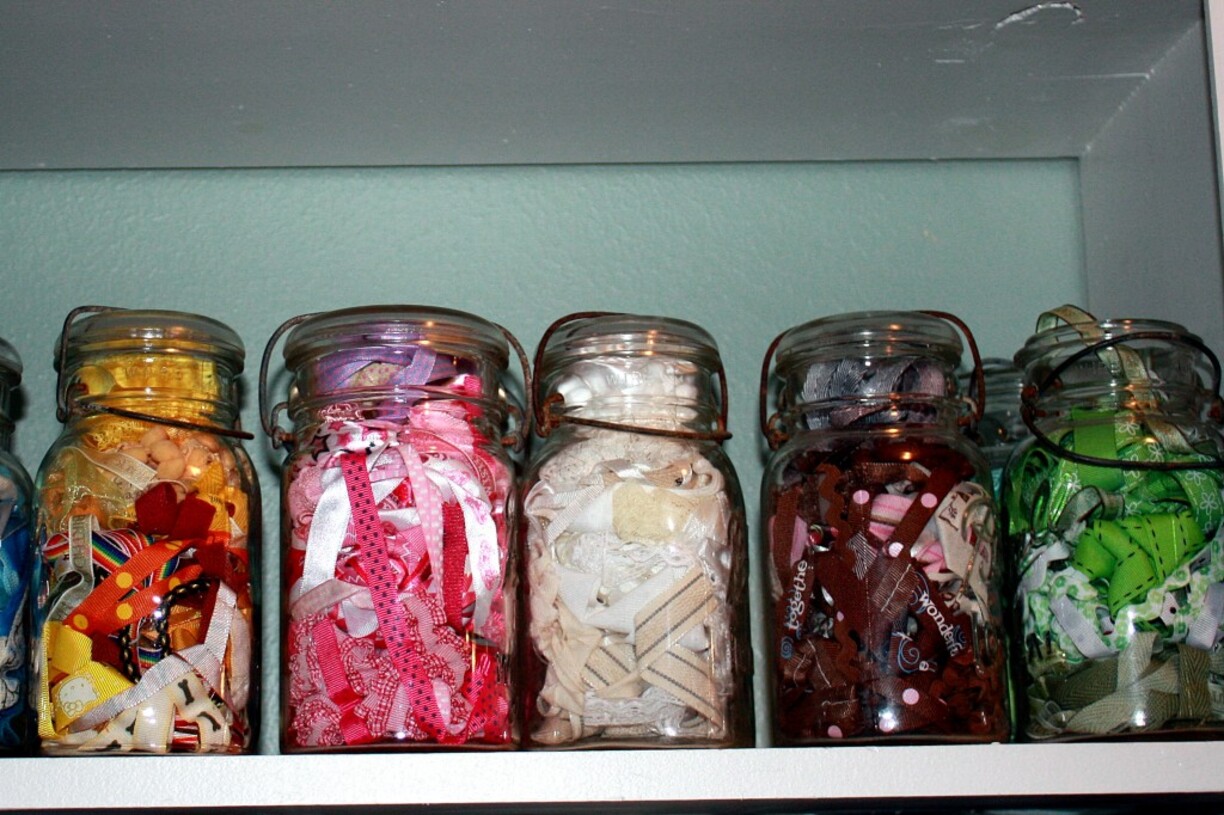
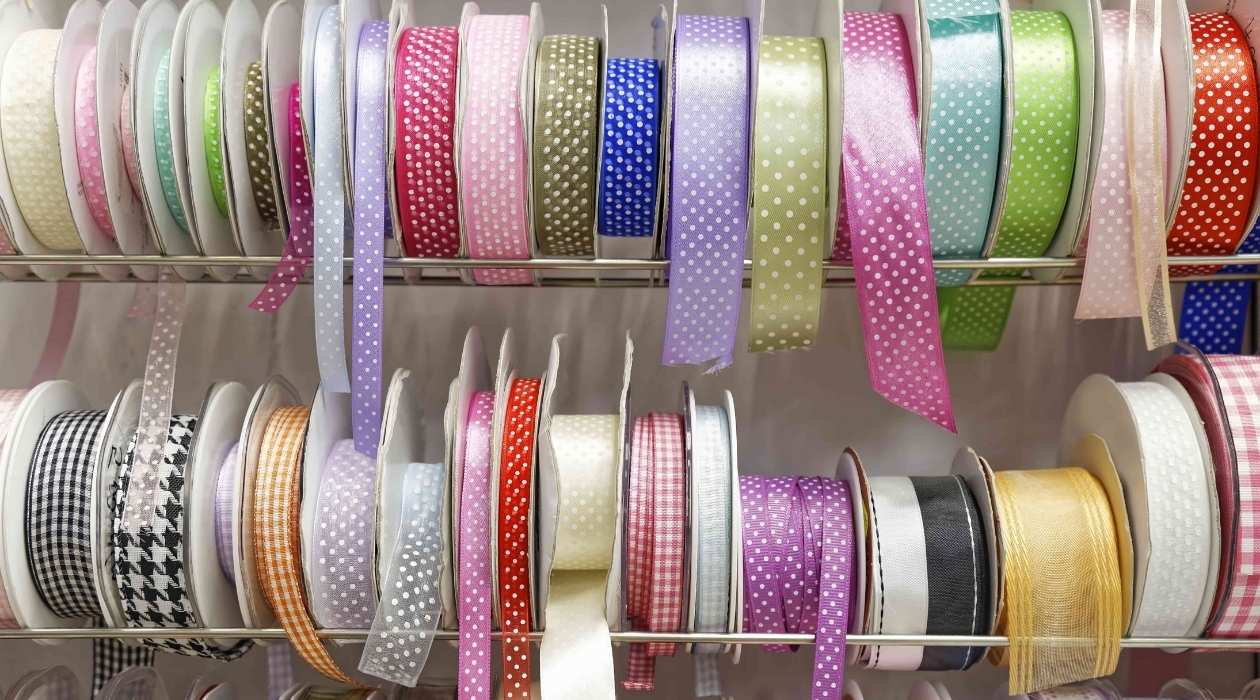
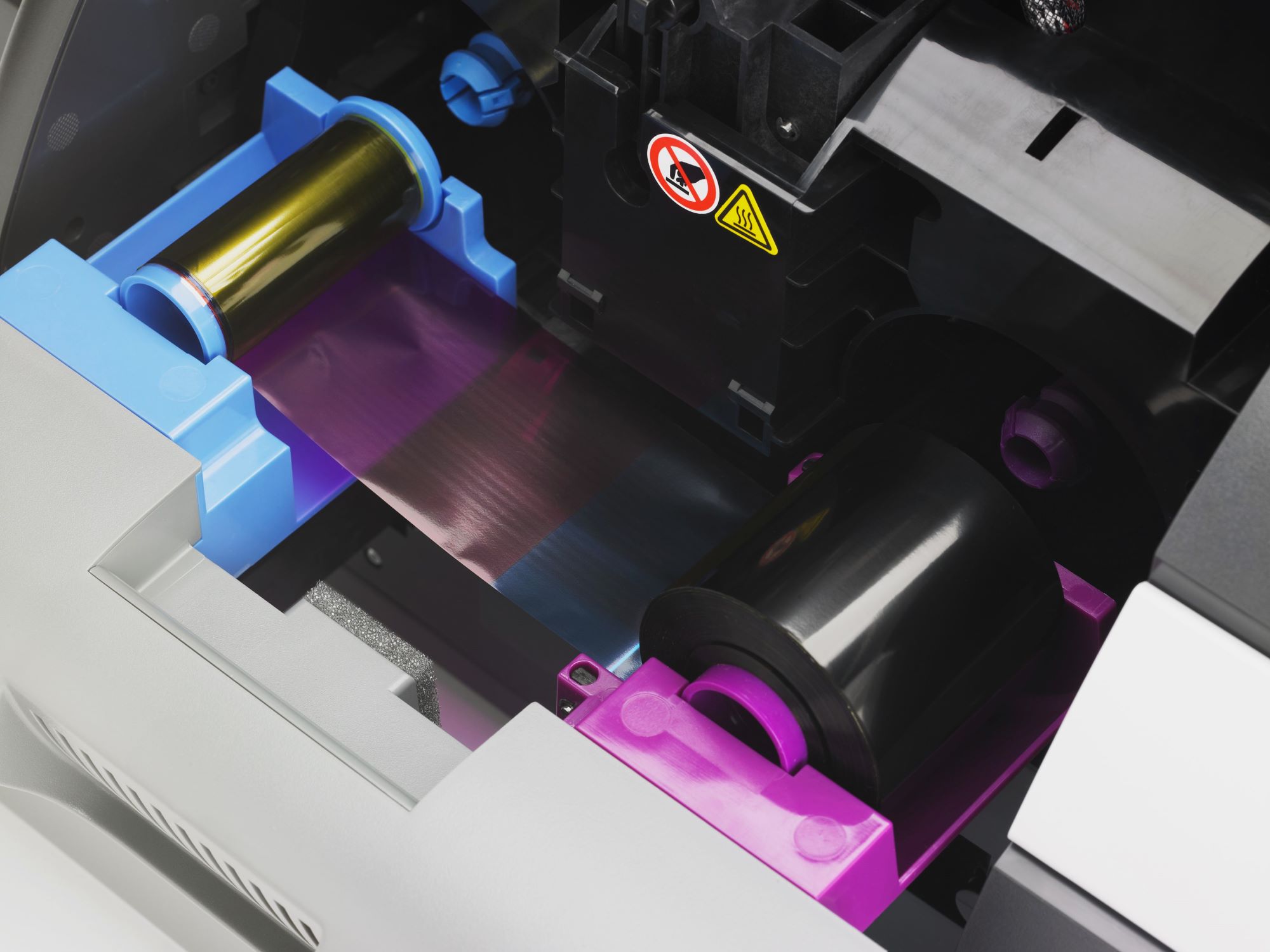
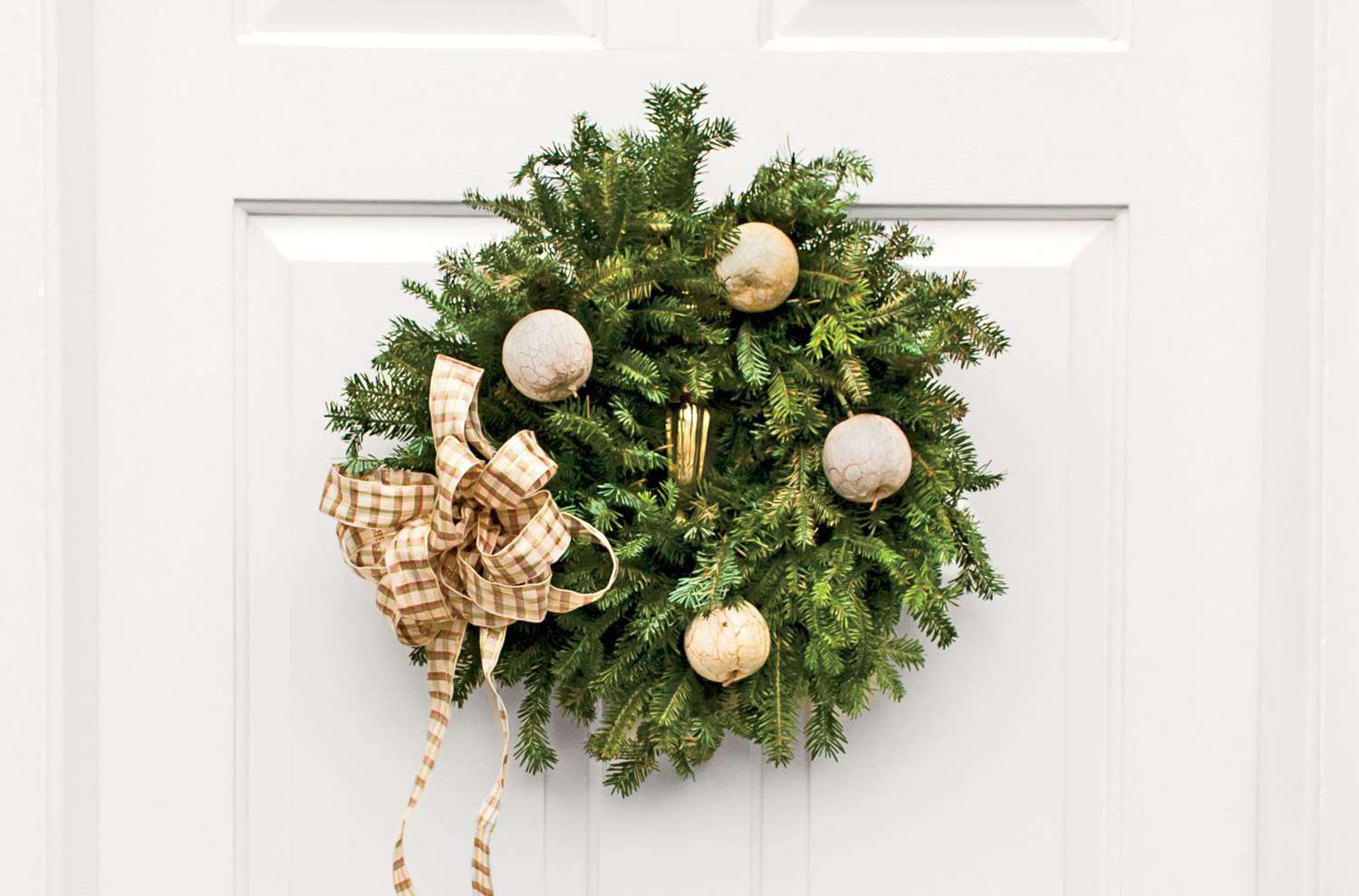
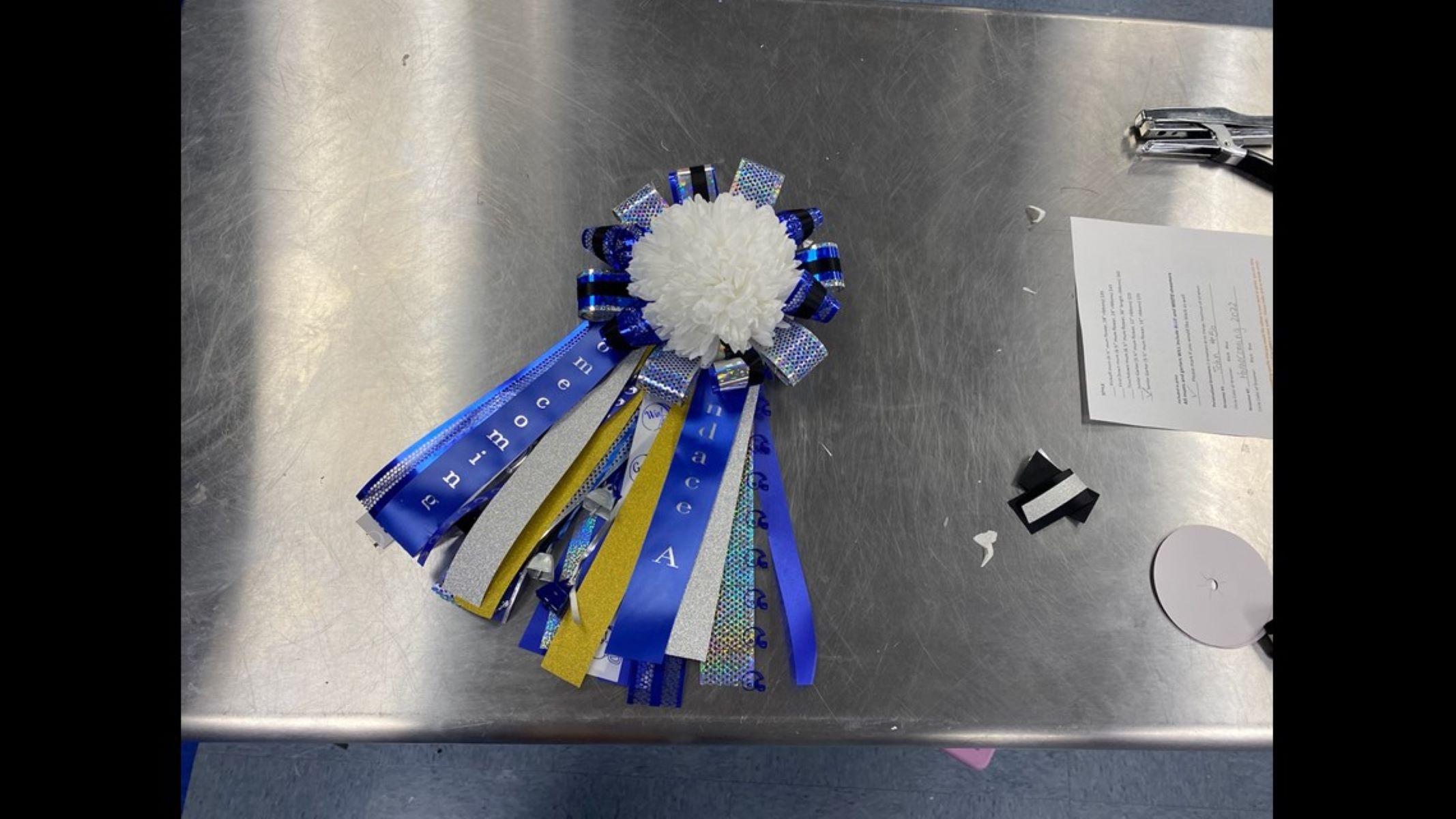

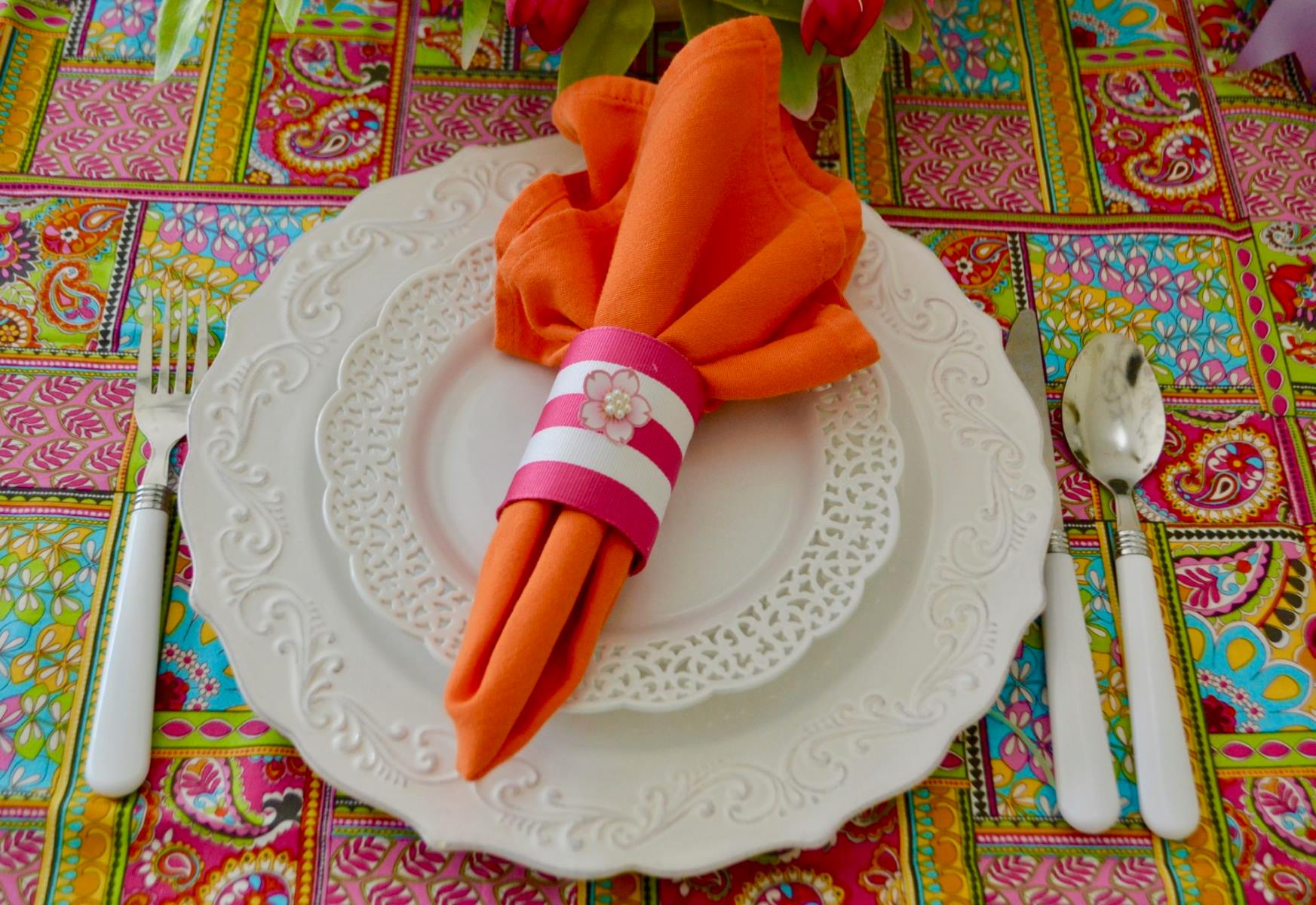

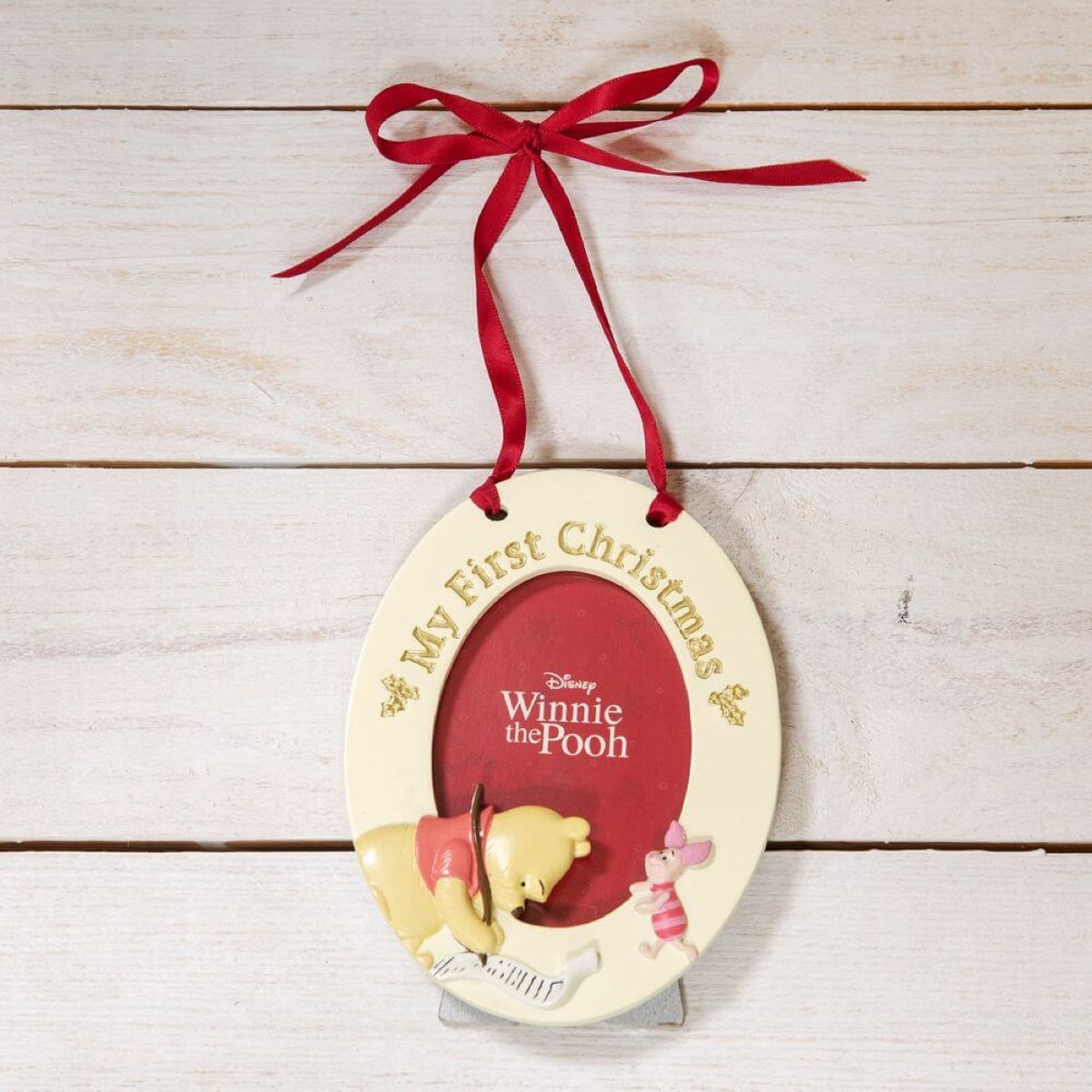

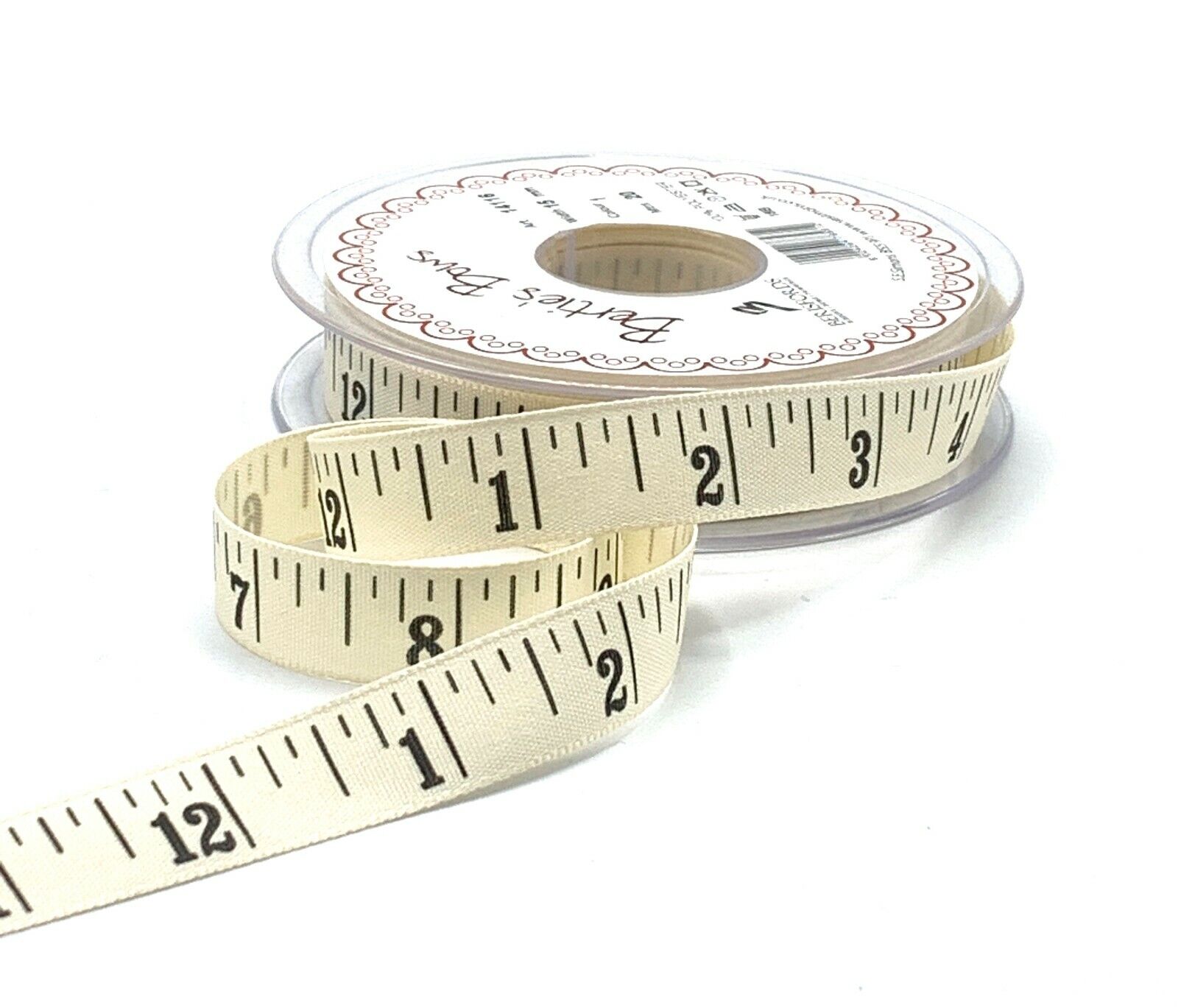



0 thoughts on “How To Store Ribbon”